Hybrid Cashew Seedling
Helpful hints
- Most of the time, the seed nuts sprout within 14 to 15 days after being planted. You can cover the seedbed with paddy straw until the seeds sprout, and you can give it some shade in the summer.
- Cashews need 750 g of nitrogen, 325 g of phosphorus, and 750 g of potassium per plant. After the first year is over, use only 1/5th of the dose, and only 2/5th of the dose during the second year.
- In the early stages of a cashew plantation’s growth, pineapple is the intercrop that makes the most money.
- For poor soils, 7.5 m x 7.5 m is the recommended spacing, while 10 m x 10 m is the required spacing for rich, deep, sandy coastal soils.
After the flowers are fertilised, the fruits will be ready to pick in about two months.
Description
Hybrid Cashew Seedling Planting
Hybrid Cashew Seedling is easily cross-pollinated, so vegetative propagation is usually the best way to get true-to-type planting materials on a large scale. The nuts can be planted three to four per hole, or they can be grown in a nursery and then moved to the field. Don’t plant the seeds more than 2.5 cm deep. After the plants are set up, they are cut down to one healthy, strong plant per stand. Cashew trees can be grown from seedlings, air layers, or by grafting them to softwood trees.
Urea fertilizers are the best fertilizers for growing cashew seedlings. They are rich in Nitrogen with nitrogen content between 46% to 49%.
Disease Resistance:
- Resistance to common cashew diseases such as powdery mildew, and anthracnose.
- Root rot is often a priority in hybrid breeding programs.
- Disease-resistant hybrids can help reduce crop losses and the need for chemical interventions, leading to more sustainable farming practices.
This ensures consistency in nut quality and performance across successive generations of trees.
These traits contribute to increased profitability and sustainability in cashew farming operations.
Additional information
| Weight | 4.6 kg |
|---|

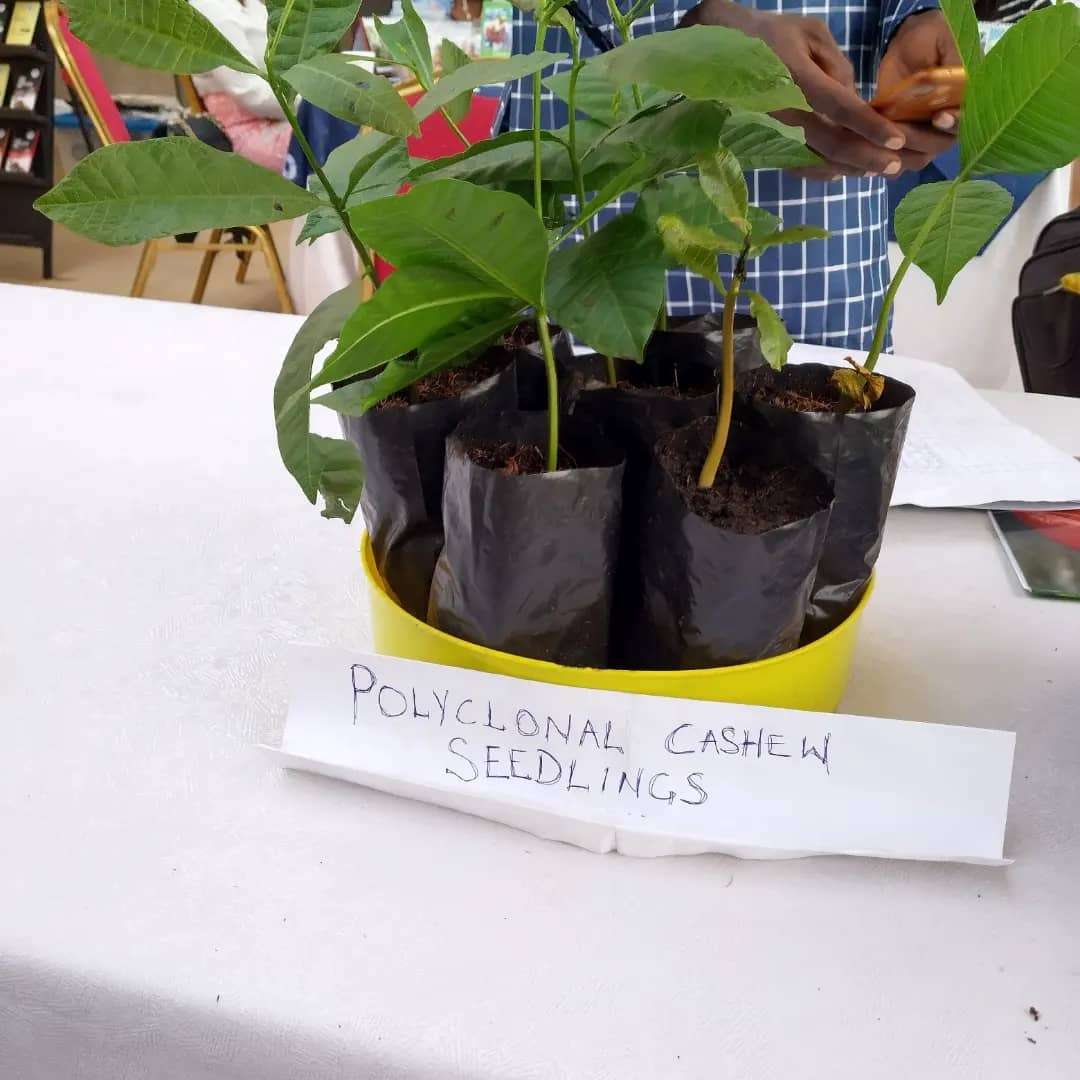
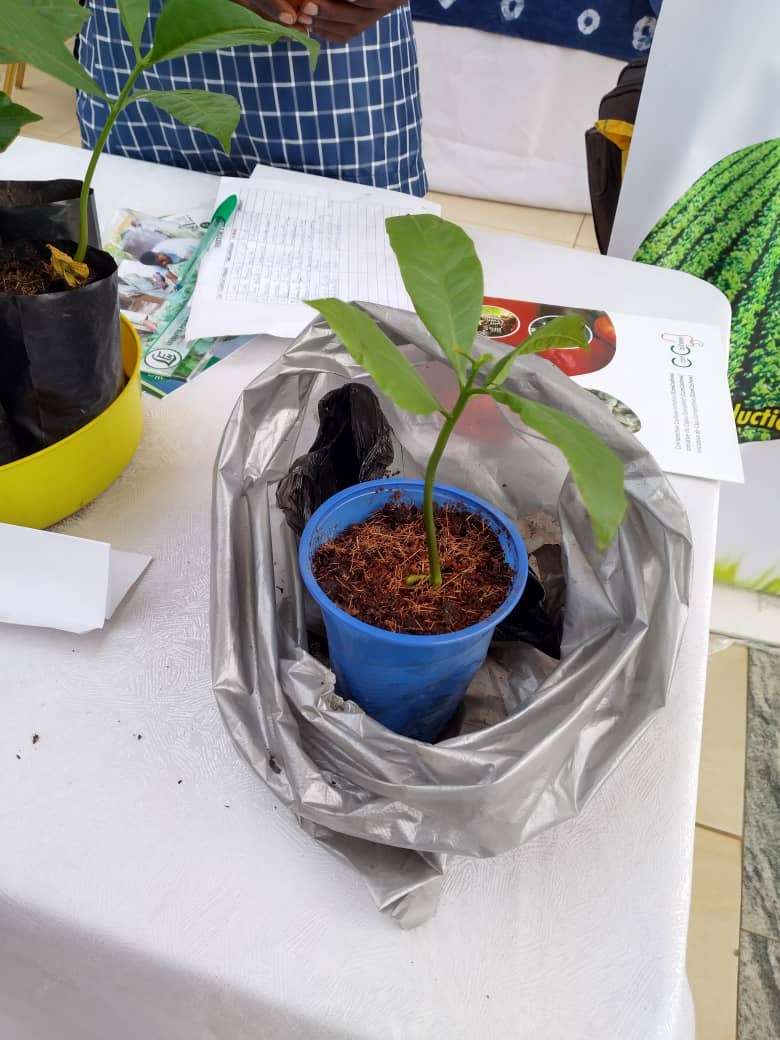

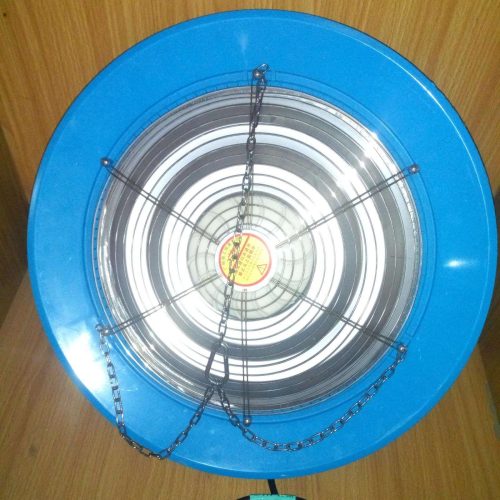
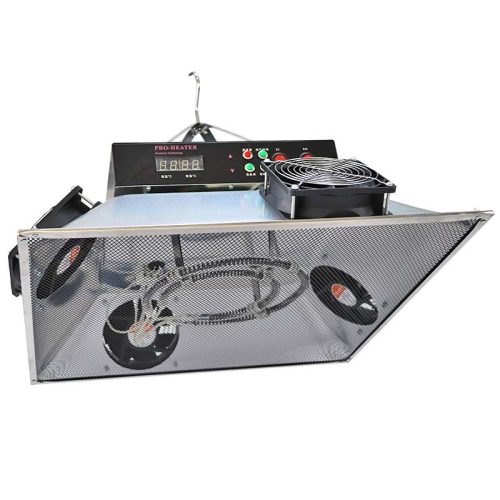
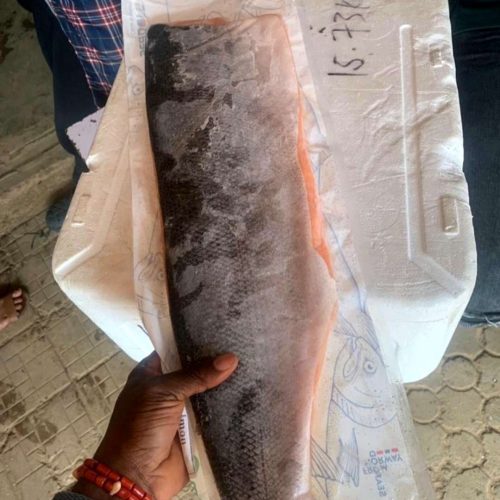

Reviews
There are no reviews yet